
Quick Look
| Density | Melting Point | Thermal Conductivity | Electrical Conductivity | Coefficient of Expansion |
|---|---|---|---|---|
| 7.8 g/cm³ | 1425-1540°C | 45-55 W/m·K | 6-10 MS/m | 12-15 µm/m·K |
About the Material
Materials We Support:
| ASTM | DIN | GB | Density (g/cm³) | Hardness | Tensile Strength,Yield (MPa) | Fatigue Strength (Mpa) | Elongation at Break (%) |
| 1045 | C45E/CK45 | 45 | 7.85 | 170 HB | 310~470 | 310 | 16 |
| 1050 | C50E/CK50 | 50 | 7.85 | 95~220 HB | 690~790 | 300~450 | 10~20 |
| 1055 | C55/CK55 | 55 | 7.85 | 140~190 HB | 600~800 | 300~500 | 10 |
| 4118 | 20CrMo | 20CrMo | 7.85 | 197 HB | 885 | 450~650 | 12 |
| 4135 | 35CrMo | 35CrMo | 7.85 | 187~229 HB | 985 | 450~650 | 12 |
| 4140 | 42CrMo | 42CrMo | 7.78 | 302 HB | 675 | 80 | 17.8 |
| 4340 | 34CrNiMo6 | 40CrNiMo6 | 7.85 | 217 HB | 470 | 74 | 22 |
| 1115 | 15S20 | Y15 | 7.85 | 179 HB | 410 | 180~300 | 22 |
| 1140 | 35S20 | Y35 | 7.85 | 160~190 HB | 620 | 310 | 20 |
| D3 | X210Cr12 | Cr12 | 7.8 | 269~271 HBW | 1900 | 1000 | 6~10 |
| D6 | X165CrMoV12 | Cr12MoV | 7.75 | 255~207 HBW | 1800 | 950 | 6~8 |
| D2 | / | Cr12Mo1V1 Cr8Mo2SiV | 7.7 | 200~250 HB | 1550 | 800 | 8 |
| O1 | 100MnCrW4 | 9CrWMn | 7.83 | 195 HB | 400 | 72 | 20 |
| O2 | 90MnCrV8 | 9Mn2V | 7.66 | 240 HB | 1000~1200 | 600~800 | 9~15 |
| A2 | X100CrMoV5-1 | Cr5Mo1V | 7.86 | 201~229 HB | 1275~1585 | 78 | 1~5 |
| M2 | S6-5-2 | W6Mo5Cr4V2 | 8.1 | 225 HB | 1350~2100 | 1000 | 4 |
Advantages:
High Strength: Steel alloys provide high tensile and yield strength, making them ideal for demanding applications.
Versatility: Suitable for a wide variety of industries, from automotive to heavy machinery.
Heat Resistance: Steel alloys retain their strength at high temperatures, suitable for high-temperature applications.
Good Weldability: Many steel alloys can be easily welded, providing additional fabrication flexibility.
Limitations:
Machinability: Steel alloys can be challenging to machine, requiring specialized tooling and techniques.
Corrosion Susceptibility: Some steel alloys require coatings or treatments to prevent corrosion in certain environments.
Tool Wear: Machining steel alloys can result in significant tool wear, increasing production costs.
Chemical Composition Table for Steel Alloys
| Element | Typical Percentage (%) |
| Iron (Fe) | 85-98 |
| Carbon (C) | 0.1-1.5 |
| Manganese (Mn) | 0.5-2.0 |
| Chromium (Cr) | 0.5-2.0 |
| Nickel (Ni) | ≤ 2.0 |
Mechanical Machining Properties Table for Steel Alloys
| Property | Value |
| Machinability Rating | Moderate |
| Cutting Speed (m/min) | 50-100 |
| Tool Wear Resistance | Low |
| Coolant Requirement | Required |
| Surface Finish Quality | Moderate to High |
Design Parameters Table for CNC Machining Steel Alloys
| Maximum Bulid Size (mm) | Minimum Wall Thickness (mm) | Minimum Assembly Gap (mm) | Tolerance (mm) | Minimum End Mill Size (mm) | Minimum Drill Size (mm) |
| 3600x2500x600 | 1 | 0.01 | Minimum 0.01 | 1 | 0.5 |
Industry Applications and Case Studies for CNC Machining Steel Alloys
Automotive Industry:
Application: Production of engine blocks, gears, and suspension components.
Case Study: An automotive manufacturer used CNC machining to create steel alloy gears, providing strength and durability for high-performance vehicles.
Construction and Heavy Machinery:
Application: Manufacturing of structural components, brackets, and frames.
Case Study: A construction equipment company utilized CNC machining to produce steel alloy frames, ensuring durability and load-bearing capacity.
Aerospace Industry:
Application: Production of structural components, landing gear parts, and fittings.
Case Study: An aerospace company used CNC machining to create steel alloy landing gear components, ensuring strength and reliability under high-stress conditions.
Frequently Asked Questions (FAQs) about CNC Machining Steel Alloys
What are the benefits of using steel alloys in CNC machining?
Steel alloys offer high strength, toughness, and versatility, making them ideal for demanding applications in various industries.
Is CNC machining suitable for high-volume steel alloy production?
Yes, CNC machining is effective for both prototyping and high-volume production of steel alloy components.
What industries benefit from CNC machining steel alloys?
Industries such as automotive, aerospace, construction, and heavy machinery benefit from the strength and durability of steel alloys.
How does steel compare to stainless steel in terms of machinability?
Steel alloys are generally easier to machine compared to stainless steel, but they may require surface treatments for corrosion resistance.
What are the limitations of using steel alloys in CNC machining?
Limitations include potential corrosion susceptibility and increased tool wear during machining.
Can steel alloys be heat-treated after CNC machining?
Yes, steel alloys can be heat-treated to enhance their hardness and mechanical properties.
What tolerances can be achieved with CNC machining steel alloys?
Typical tolerances are ±0.15 mm, depending on the specific requirements of the part.
Finishing Options

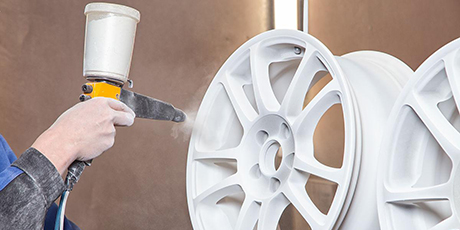
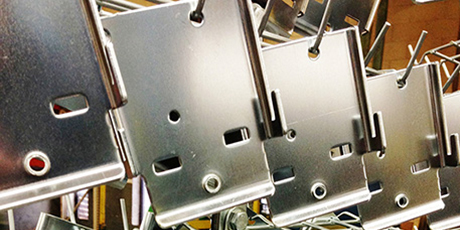
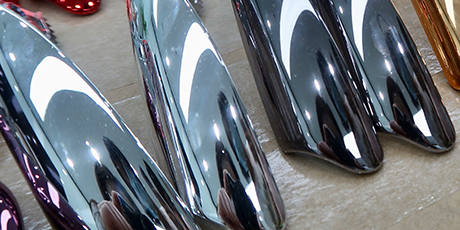

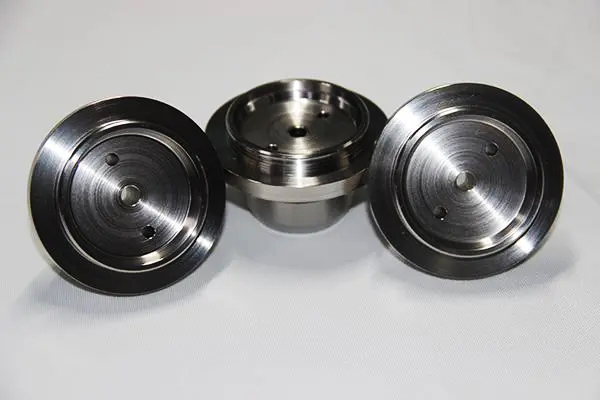
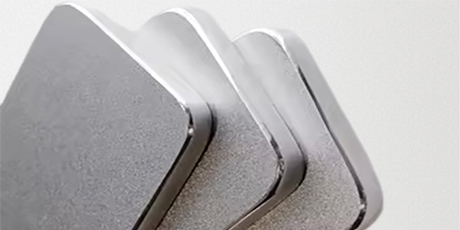













Parts Made by AutofabX

